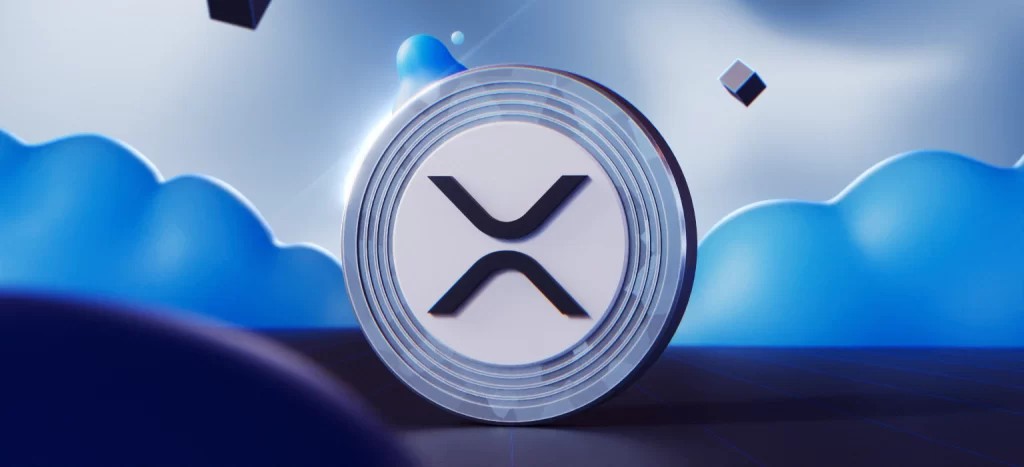
The courtroom dust has settled, and Ripple’s on a roll — but should you jump on the bandwagon right now?
The crypto market experienced an avalanche this week, as the Securities and Exchange Commission’s (SEC) long-running lawsuit against Ripple (XRP 0.54%) finally reached an end. Ripple’s XRP token (commonly known by the Ripple moniker) soared on the news of a legal victory as U.S. District Judge Analisa Torres issued a ruling firmly in Ripple’s favor.
Ripple skyrocketed as much as 76% higher in four hours before backing down from the absolute peak. As of this writing near the stock market’s closing bell on Friday, July 14, Ripple has tripled in a year and trades at $0.68 per token.
Did the international payment processing expert burn all of its pent-up market interest with Thursday’s legal ruling, or should you consider buying a few of these tokens while they remain valued below $1?
How did the SEC’s lawsuit against Ripple Labs work out?
I won’t dive too deep into Ripple’s business model today. Suffice it to say that the blockchain network and its XRP token focus on providing international payment processing at a large scale, with minimal transaction costs, and blink-and-you-missed-it settlement times.
Let’s focus on how the courtroom tussle with the SEC worked out instead, and what it means for Ripple investors going forward.
After years of legal wrangling followed by many moons of intense deliberation, Judge Torres ruled that Ripple’s operations didn’t satisfy the Howey Test and therefore isn’t subject to the rules and regulations that apply to a proper security. The SEC, which manages the trading, taxation, and ownership of securities, doesn’t have the standing to impose its rules on Ripple.
It wasn’t a complete victory, as the honorable judge also ruled that Ripple mismanaged the sale of XRP tokens to institutional investors before making them available to the public. But most crypto investors just wanted to see whether the SEC has any power over this market, and Judge Torres said that it doesn’t.
What’s next?
The case isn’t a closed book yet. The SEC will most likely file appeals against three of Judge Torres’ four summary judgments, while Ripple Labs appeals the last one. Precedent-setting lawsuits like this one can end up in the U.S. Supreme Court many years later.
But the judgments removed the immediate threat of the SEC filing lawsuits against cryptocurrency traders and exchanges for the alleged crime of trading unregistered securities. American crypto exchanges that ended their support for trading XRP tokens in 2021 have opened up the floodgates again. Robinhood Markets (HOOD -0.56%) is still thinking about it but Binance US and Coinbase Global (COIN -1.58%) flipped the switch on Friday.
Mind you, investors abroad have been able to work with the XRP crypto throughout the lawsuit process, which started in December 2020. Still, the return of interested owners, traders, speculators, and long-term investors in the world’s largest financial market must be seen as a big plus for Ripple’s trading liquidity and long-term pricing prospects. Once the immediate furor fades out, Ripple’s trading volumes should stay wider and deeper than the modest trickle that started in 2021 and ended this week.
Navigating the clearer crypto waters
In light of these events, Ripple certainly presents an appealing investment opportunity, particularly with its value still below the $1 mark. With the recent court ruling lifting the specter of the SEC, the reopening of American crypto exchanges for XRP trading, and its consistent demand in international markets, Ripple’s price outlook seems promising.
However, as with any investment decision, it’s crucial to take a balanced approach. While Ripple could be a viable addition to a diversified crypto portfolio, it’s not necessarily the best crypto investment in this market. Stalwarts like Bitcoin (BTC -0.24%) and Ethereum (ETH 0.16%) still offer robust value and market stability. On the emerging end, Polkadot (DOT 0.26%) offers a direct bet on Web3, the decentralized internet. This trio of convincing crypto projects also benefit from Ripple’s courtroom success, as the SEC had its hand slapped away from direct regulation of the digital assets market.
With or without this week’s Ripple-friendly legal ruling, I still prefer these three crypto names. They are the cornerstone building blocks of the digital financial system that is taking shape right in front of us.
So it might be tempting to get caught up in the current Ripple hype, but you should still proceed with caution. Don’t make the mistake of putting all your eggs in the XRP basket, but you could consider testing the waters while it’s still under $1. There is nothing magical about that particular price point, apart from the strong impact a round number can have on investors’ mass psychology.